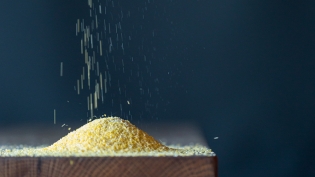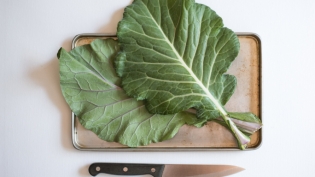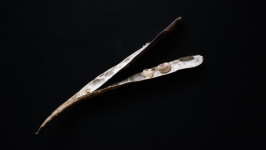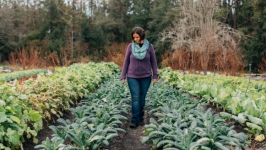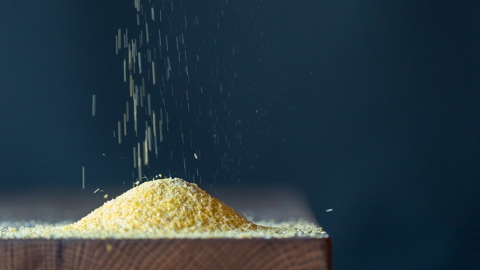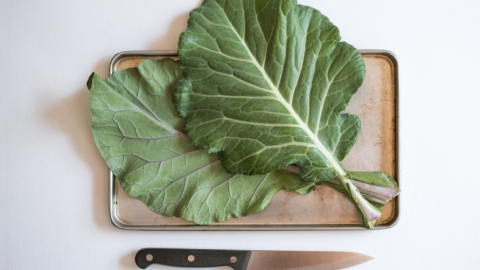Know Your Food: Southern Peas
Field peas, cow peas or Southern peas. Whatever you call them, this variety of vegetables are not actually peas, despite their name. Southern pea is the common name for a a group of legumes that includes black-eyed, crowder and cream peas. Black-eyed peas are well-known due to the Southern tradition of serving them with greens on New Year’s Day for luck and prosperity. But, other varieties such as white acre peas, zipper peas or scarlet runner beans can also be found in an abundance in Southern farmers' markets throughout the summer and fall.
Despite their name and regional fame, Southern peas are not native to America. Originating in India and slowly making their way throughout Africa during the pre-colonial era, the peas were brought over to the American South as a result of the international slave trade. Peas adapted well to the South's environment and were commonly grown because of their ability to add nitrogen to the soil, thus replenishing the nutrient-deficient cotton fields. Not only were they excellent soil-building crops, but Southern peas were also inexpensive and easy to grow, weathering droughts and other harsh conditions. After the economic collapse of the Civil War, Southern peas no longer simply rebuilt the soil, but became a staple in the region's cuisine.
A great addition to home gardens, Southern peas should be planted four weeks after the last frost or when the soil reaches a consistent temperature of 60 degrees Fahrenheit or higher. When planting, make sure to place no more than four to six seeds per foot of row and plant them 3/4 to 1-1/2 inches deep. No need to worry about planting different types of peas too close together. Southern peas are “selving” plants and each strain will stay true to itself. Avoid planting Southern peas in heavy, wet soils, as this will produce weak and diseased plants.
Southern peas only need about an inch of water a week and generally take 60 to 90 days to mature, depending on the strain planted and the environment. They are ready to be harvested and eaten fresh when the seeds have begun to swell and the pod can be easily shelled, but before the pod begins to lighten in color. Feel free to harvest the pods before they are fully matured. At this stage, they are called snaps and can be eaten raw or gently cooked. Southern peas are known for having multiple stages simultaneously, from blooms to snaps to mature pods all on the same plant. This lengthens the harvest time, making them easy to enjoy for several weeks.



